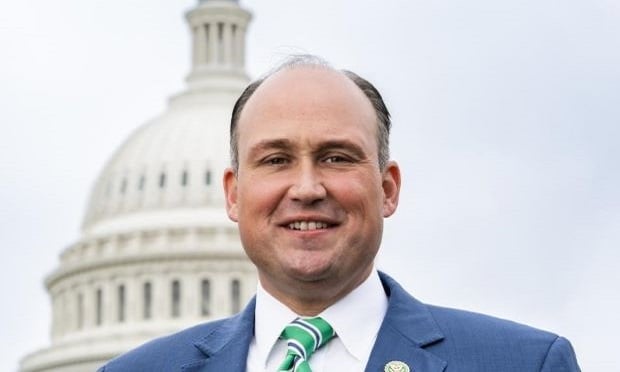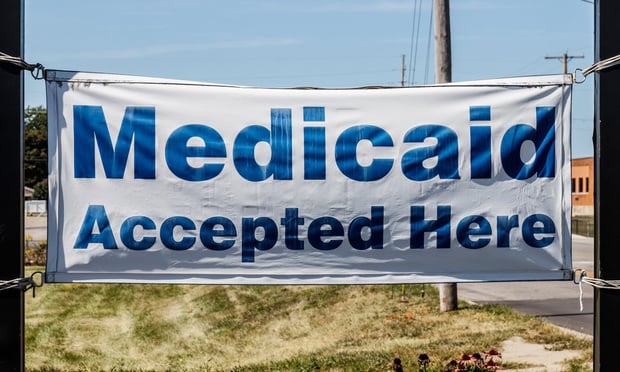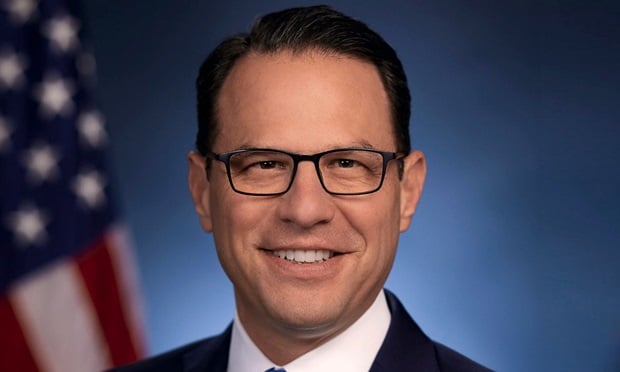 For small businesses in the 10 states with retirement legislation, now is the time to understand the program and prepare for it.
For small businesses in the 10 states with retirement legislation, now is the time to understand the program and prepare for it.
There is a retirement savings crisis in America.
According to a recent Go Banking Rates survey, 58 percent of Americans have less than $1,000 in their savings account, and the National Institute on Retirement Security (NIRS) found that 57 percent of working-age households have no retirement assets. And of those that do, only half are adequately prepared for a comfortable retirement.
Continue Reading for Free
Register and gain access to:
- Breaking benefits news and analysis, on-site and via our newsletters and custom alerts
- Educational webcasts, white papers, and ebooks from industry thought leaders
- Critical converage of the property casualty insurance and financial advisory markets on our other ALM sites, PropertyCasualty360 and ThinkAdvisor
Already have an account? Sign In Now
© 2024 ALM Global, LLC, All Rights Reserved. Request academic re-use from www.copyright.com. All other uses, submit a request to [email protected]. For more information visit Asset & Logo Licensing.








